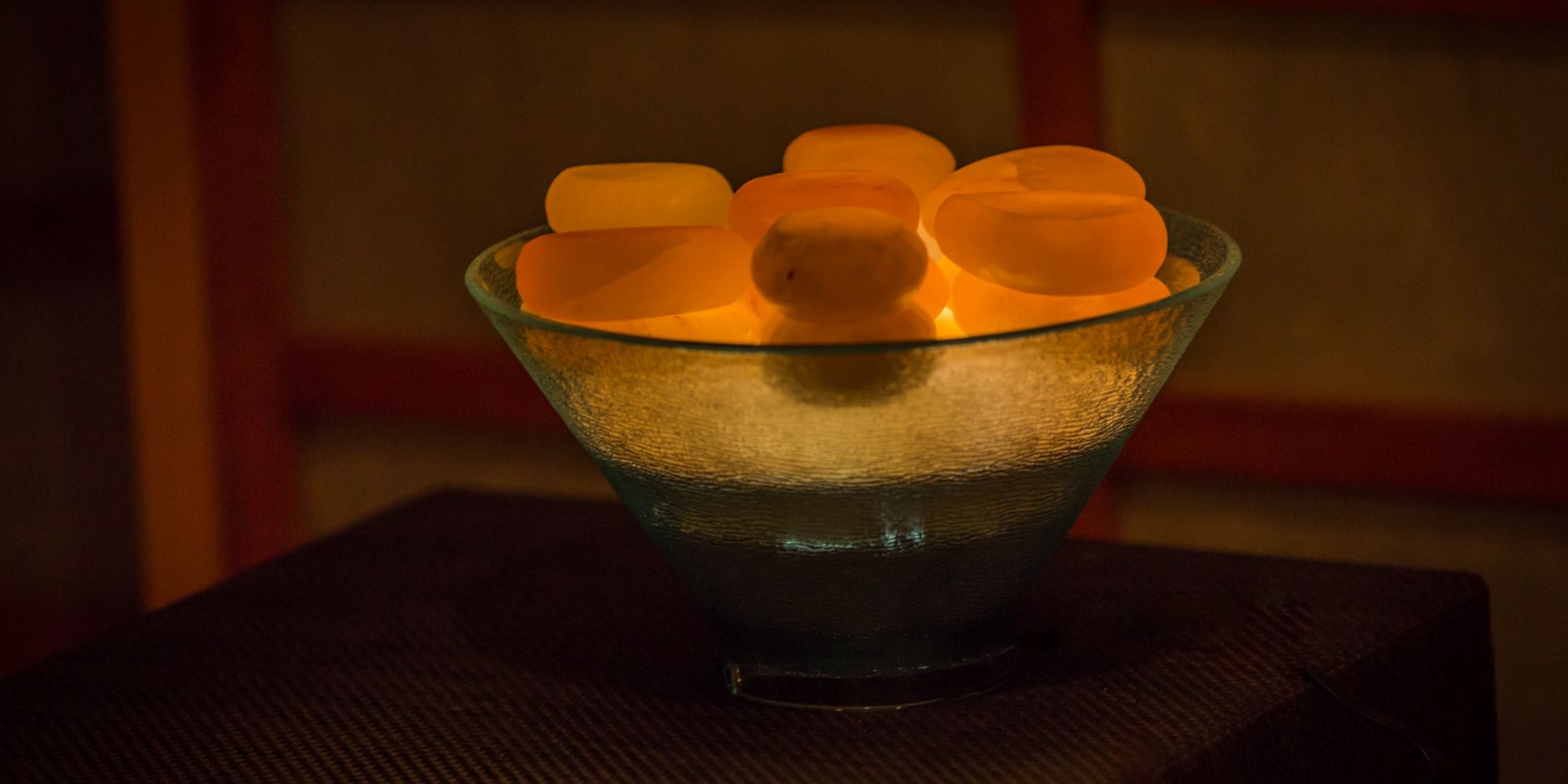
Five-Star Spas Around The World Are Salty, Thanks To Saltability
Saltability founder and CEO Ann Brown is an innovator and entrepreneur worth her salt.
While working at luxury spas all over the U.S., she was constantly dissatisfied with the heaters used to warm traditional massage stones. “They’re big, black turkey roasters,” she jokes. “They’re high voltage [and] water-using [with] chemical disinfectant in the water to keep the stones free of pathogens. Every time I opened a spa, I’d be like, ‘We’re not going to use those.’ I didn’t like the electromagnetic field it gave off, and a lot of times they would blow breakers because they use such a high electrical load.”
Brown devised a way to trash the turkey roasters by replacing traditional massage stones with hand-carved Himalayan salt stones that could be heated using very little energy — 75 watts of power compared to the traditional stone warmer’s 1500 watts — and without the use of water or chemicals. Saltability was born, and rapidly grew its offerings from salt stones and bowls to entire salt sauna walls. Beauty Independent talked to Brown about selling five-star spas on installing salt walls in their underutilized saunas, the health benefits of rubbing bodies down with a salt stone and the quagmire caused by importing Himalayan salt from Pakistan by the ton.
What product did Saltability launch with?
In October 2014, I debuted at ISPA with the bowl. It looks like a flying saucer, and it’s got a big piece of Himalayan salt bonded to it. It heats to 160 [degrees] and keeps the stones at 110 or 115 degrees so the therapist can pick them right up in their hands and put them right on the body.
You now offer whole salt walls. Tell us a bit about expanding offerings.
There’s a company called Touch America. They brought some of the first portable massage tables into the massage industry 30 years ago. I called him [Robert Gannon, CEO of Touch America] up about 18 months ago and said, “I really want to get in business doing salt walls, in retrofitting salt saunas — taking a traditional locker room sauna, taking down some of the cedar and putting up Himalayan salt.” When Himalayan salt is heated, it gives off negative ions and reduces friction or vibrational energy in the air. It cleans the air. So, use [a spa’s] underutilized space — unless you’re Norwegian, you don’t really know what to do with the sauna in the U.S.. In America, we just stay out of it, and we go into the steam room.
I thought, “This is easy. I can order these bricks.” I [import] containers of salt from Pakistan. We did a few pro bono projects and just in this last week we formed a company called HimalayanSource.com, and that’s going to be the parent company that will share in all the salt wall concepts.
We did the Langham Place in New York City, which is beautiful, we’ve done The Plaza. We did The Biltmore in Coral Gables. I don’t go low. If I’m going to go, I want five star. I want something that’s going to elevate the brand. Then, everyone else says, “I want to do what they’re doing.”
In Montego Bay, we did the largest spa salt concept. It’s beautiful, it turned out amazing. I bring in experiences, so that a spa director that may not know [about salt-based treatments] can make a 30-minute experience or a 45-minute experience where they can learn how to use steam and sauna. They can vasodilate their arteries. They can use thermalism or hot and cold to gain effects for the body. Europeans don’t work out as hard as we do because they use minerals and hydrostatic pressure and heat and cold to get the same benefits.
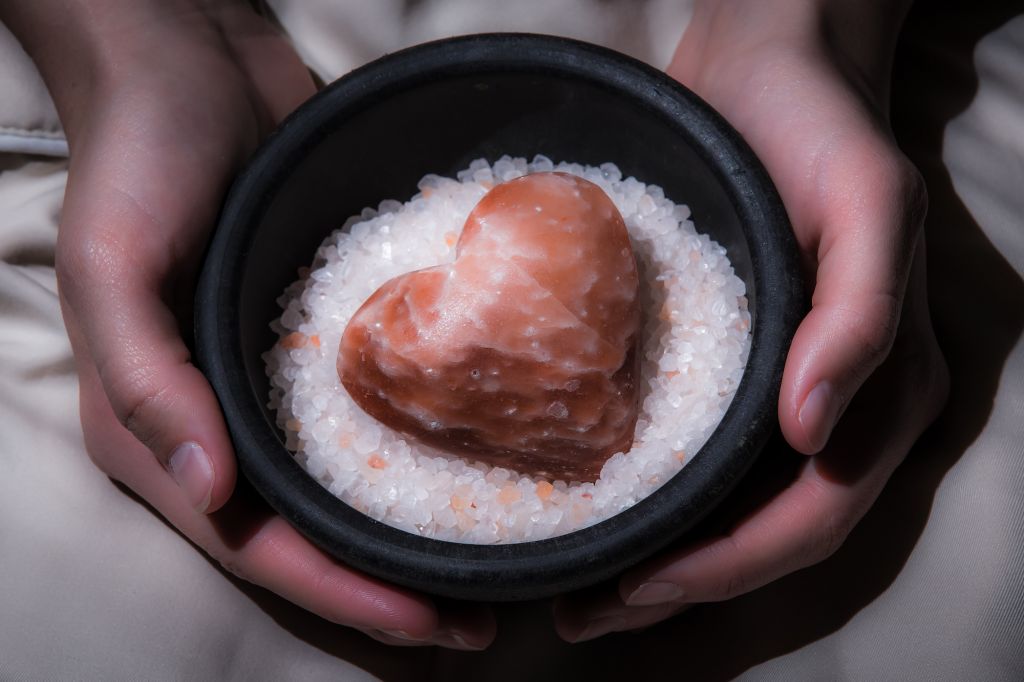
When you’re looking at spas to work with, who is your target customer?
Our target customer is Ojai Valley. They’re one of our big clients. Cavallo Point, Montage, The Langham Place, a lot of the Four Seasons, The Greenbrier, The Biltmore. We have a ton of five-star South Beach hotels. You name it, they’re all over. We just opened both Four Seasons in London. We opened the Shangri-la in Hong Kong. We opened the Shangri-la in the Philippines. We’re on The Dream Cruise Ships.
How big is your team?
When I say “we,” it’s me and a few minions. We don’t have a vice president or an executive team or that kind of thing. That’ll come. The company has no debt. It’s my company, and this is how I want to run it. I can run it small and make a nice living or I can blow it open. My ways to blow it open or to gain more exposure is HimalayanSource.com. I have a trusted partner, Stuart, and we have more business than we can handle right now. Everybody wants a salt sauna. We just did Nemacolin and Turning Stone. If you said a five-star property, I’d say, “Yeah, we either sold it to them or we work with distributors [who work with them].”
I don’t do a lot of B2C business. There are so many touchpoints that have to go along with selling just one little deodorant stone to a consumer, and I’m just not there. It’s not that I don’t want to be there. Two of the reasons I got into this business [are], one, to solve a problem with those turkey roasters and, two, along my path to massage therapy, I became a manual lymphatic drainage practitioner, and one thing I know is when women use antiperspirants, they block the lymph of two of our major lymph areas around the breast tissue. If you were going to quote me and [I] said nothing else, it would be, “Don’t use antiperspirant.” Find a mineral stone or something, and allow that waste to come out. Just neutralize the bacteria. That’s what Himalayan salt does. It doesn’t kill it. It just neutralizes the odor.

Do you plan to make a retail push with Saltability’s consumer products in the future?
Our core clients that are already doing himalayan salt stone massage like Miraval sell our products [in their retail space]. In 12 to 18 months, I’ll go out and try and capture that consumer and retail business. [For the massage,] we give them everything. We give them 10 menu descriptions. We give them videos. We give them manuals. We even have a test. We do online continuing education units. So, if you were a therapist needing education units to renew your license, we give them online training that they’re certified in.
Is there a dream spa for your company?
Getting the Four Seasons Santa Barbara. I’d been there a couple of times, and I think it’s one of the prettiest properties I’ve ever been to. As women, we know what to do. We sometimes don’t go with our gut instincts, and we should. I think we know, and I know I want them to be a client. This is a bucket list [spa for me].
How much did it cost to launch Saltability?
Around $100,000 to launch it and to keep it afloat. I did consulting on the side, so I made a lot of side money that was funneled into Saltability. I am a little bit of a hustler that way. I didn’t really want to have a partner because there are strings attached.
When did Saltability reach profitability?
We are profitable. We were profitable within six months of opening, and we tripled our business in 2017. That’s great, but with that comes triple the clients. If we had one complaint, now we have three.
I’ve had a private equity firm and two other companies in the spa industry address me about combining or selling. Private equity [is] looking to buy the company, and [Saltability will] be the wellness section of their portfolio because wellness communities [and] brands are becoming so big.
With the good also comes some of the sticking points. But I think if you put it out there to the universe, it’s going to happen. Maybe not everything is going to be exactly right, but I don’t need to force everything. I need to enjoy the ride.
What’s something you found really challenging that you’ve dealt with?
One is that all Himalayan salt is mined in Pakistan, and it’s not the most U.S.-friendly country. When I brought in my first two containers, I was a newbie, I was green in every which way. I had gotten a broker agent and the F.D.A. stopped the first container and went through everything. The stones are hand-carved and, they look like just an oval stone. They kept saying, “What else is in there besides salt?” I’d say, “Nothing, it’s hand-carved salt.”
We went round and round for weeks. Then, they combed through my website. One thing you can’t do is make medical claims, but everyone does. [Himalayan salt] lowers blood pressure. It makes you sleep better. I had to change about 17 pages of my website, not that I had said it will lower blood pressure, but anything even remotely like that [I had to change]. I got a pretty good schooling early on three years ago. My container was late. It almost cost me Nordstrom. I remember sitting on my living room floor trying to get the boxes out for Nordstrom because the container had come three weeks late because F.D.A. was holding it up. That’s one thing I certainly learned: If you know people that can do it better than you, pay them and use them.
Where are Saltability products globally?
We have a distributor in Asia. We’re doing really well in Macao, Hong Kong [too]. I just met with Steiner. There may be a potential of getting on all their cruise ships for pain management treatments. That’s in pilot right now. That’s a big one for us, so I have to be prepared. I have two containers of products being made to anticipate that. If it comes, that’s great, but, if it doesn’t, that means double the warehouse space, [and] it’s air-conditioned warehouse space.
Globally, Australia, Canada, England, Ireland. Some of it is getting the right plugs on the 220 volt. It seems simple, but there are countries like the Philippines, they use three different plugs, so I have to find out which style and make sure my engineer is willing to do a small batch, which a lot of times they’re not. Sometimes, I do have to say, “I’m sorry, no, I don’t want that business.”
What are the retail prices for the stones?
About $10 to $12 for the stone. [To use it,] you just run it under your armpit. I use it on my entire body before I work out. I put a little bit of water or sometimes a solid coconut oil, and run it all over my body to get the minerals because, when someone’s dehydrated [or] in the hospital, they’re going to give you purified water with electrolytes. Electrolytes are minerals, potassium, magnesium, that’s what’s in the Himalayan salt.
Are you sold on Amazon?
I am not on Amazon and have been approached. [Because of] some of the discounting and things like that, I can’t say I’m against it, but I’m just not there yet. I have a lot of chains, [including] a 300-unit day spa chain. We have two under our belt right now, and they both wanted exclusivity. I said to them, “First of all, I would never do that because my goal is to have women use less anti perspirant, so why would I sign an exclusive?”
If it helps consumers and I make 50 cents a piece or a quarter or maybe I break even, I’m OK with it if I can get my kids into whatever college they want to go in and not have them work two jobs like I did. It goes back to your ultimate goals, and one of mine is more awareness. As a small brand, sometimes it’s very hard to garner without paying for it. Sometimes even paying for it doesn’t [equate] to intentional awareness or something that someone wants to buy based on message.
What’s a dream retail partner for Saltability’s consumer products?
Whole Foods, even Sephora. We have a deodorant spray and the [deodorant] stone, and I’d like to get that out to the masses.
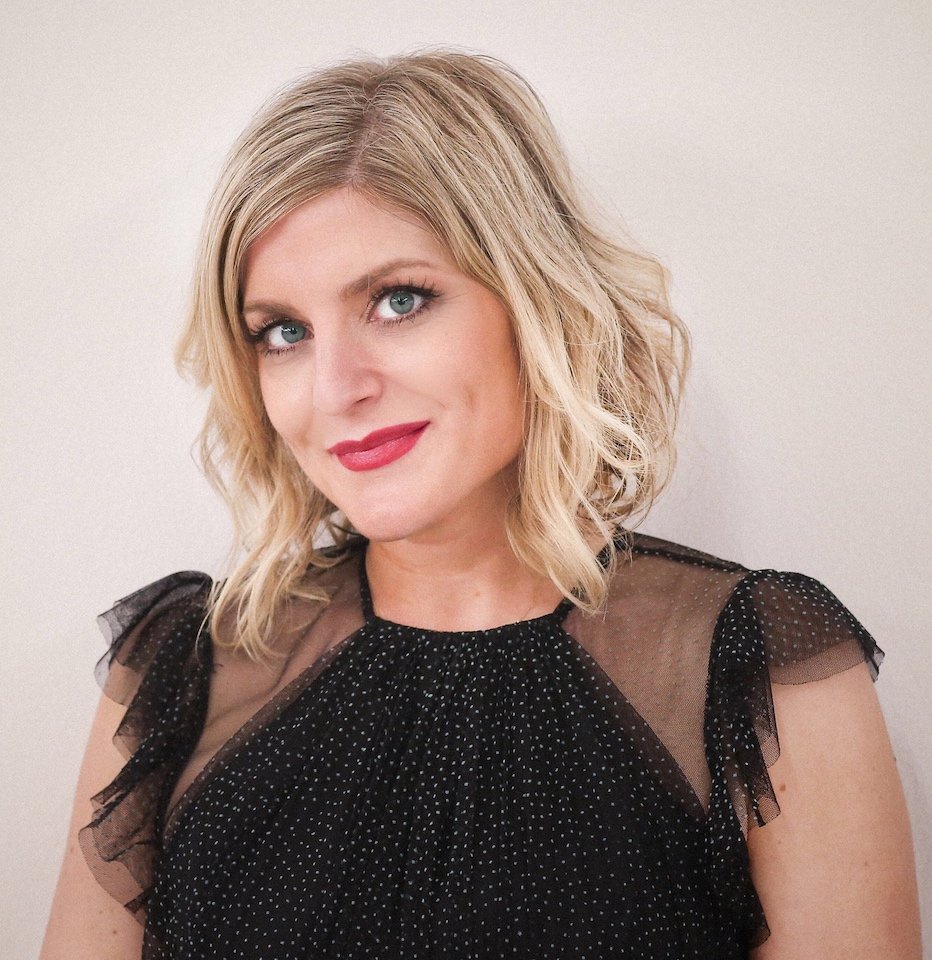

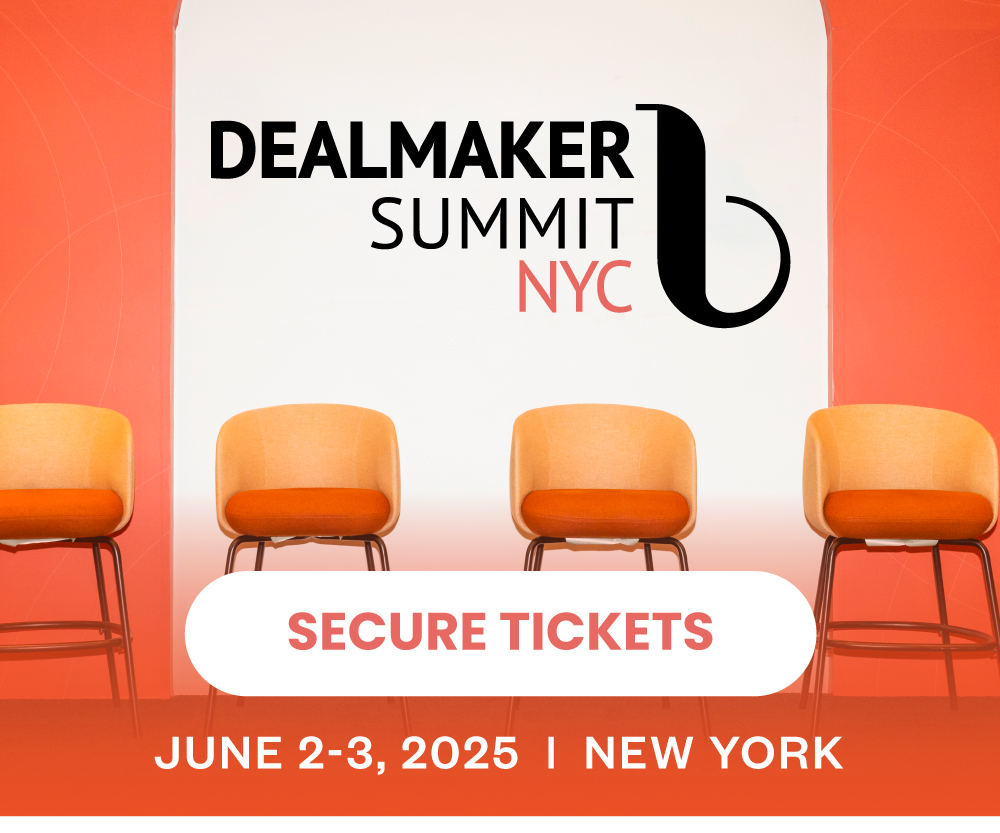
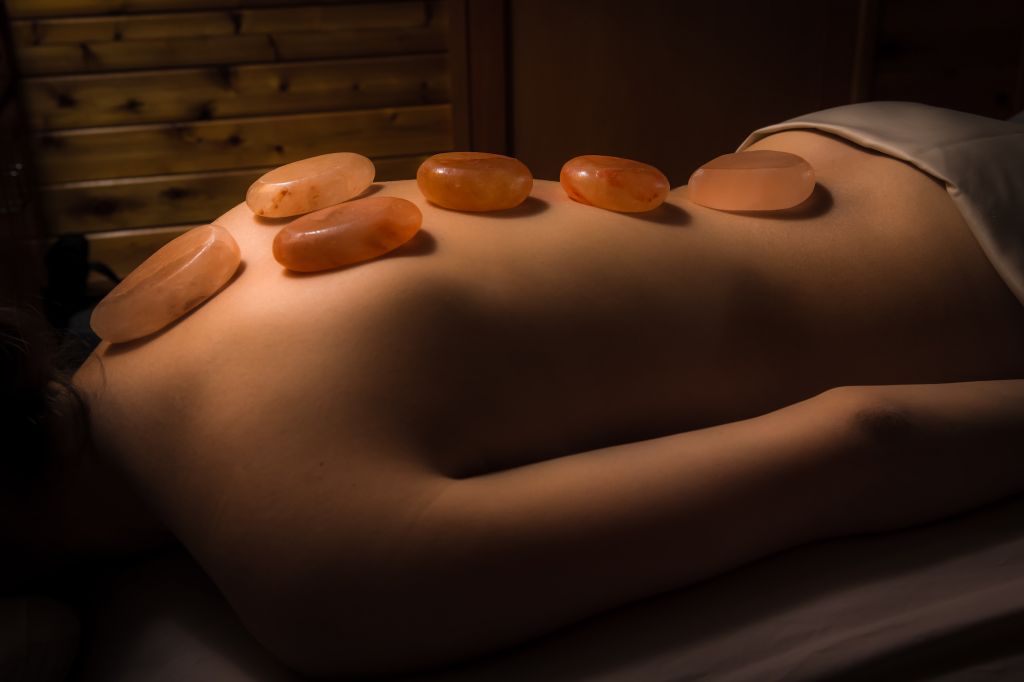
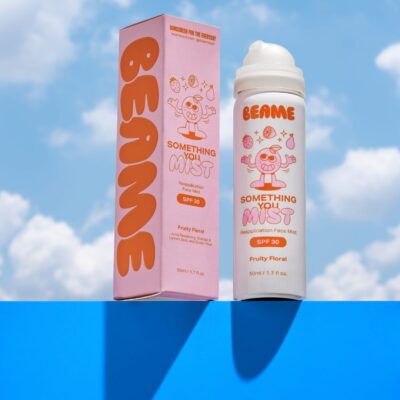
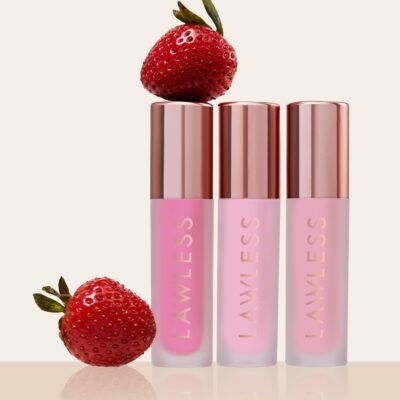
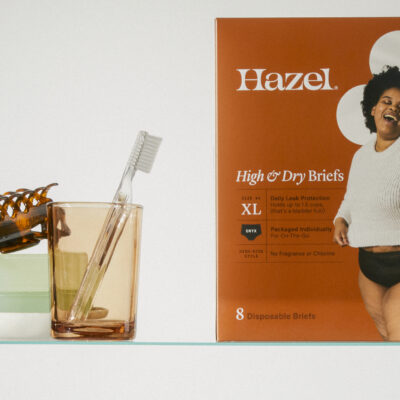
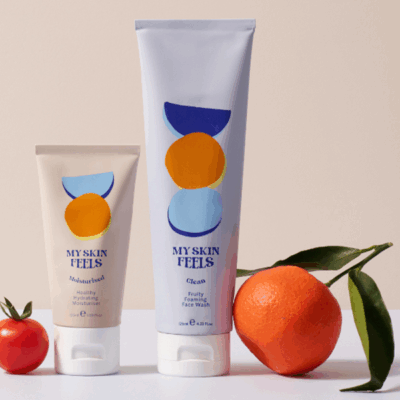
Leave a Reply
You must be logged in to post a comment.